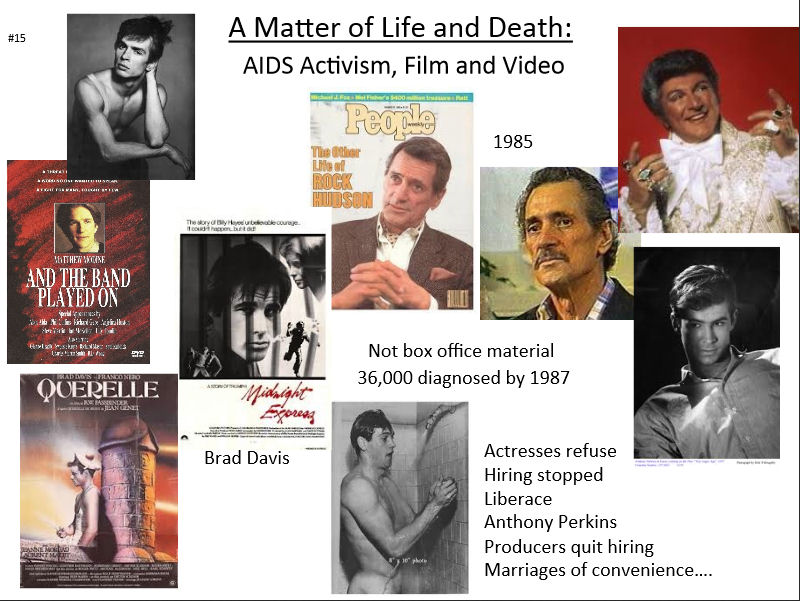
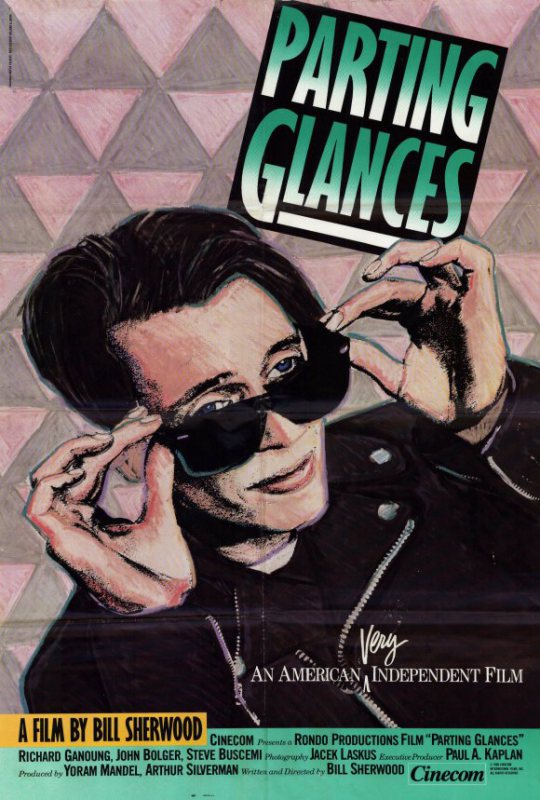
Cinema Queer's review

|
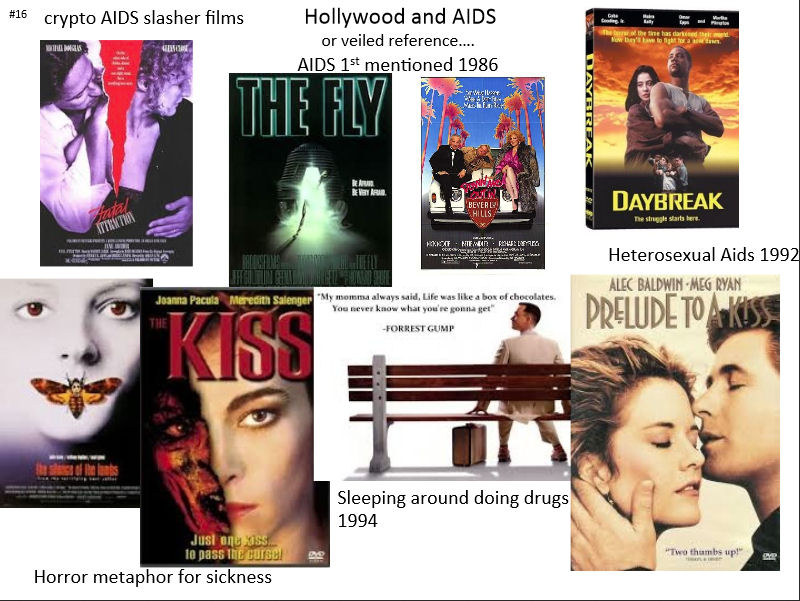
|
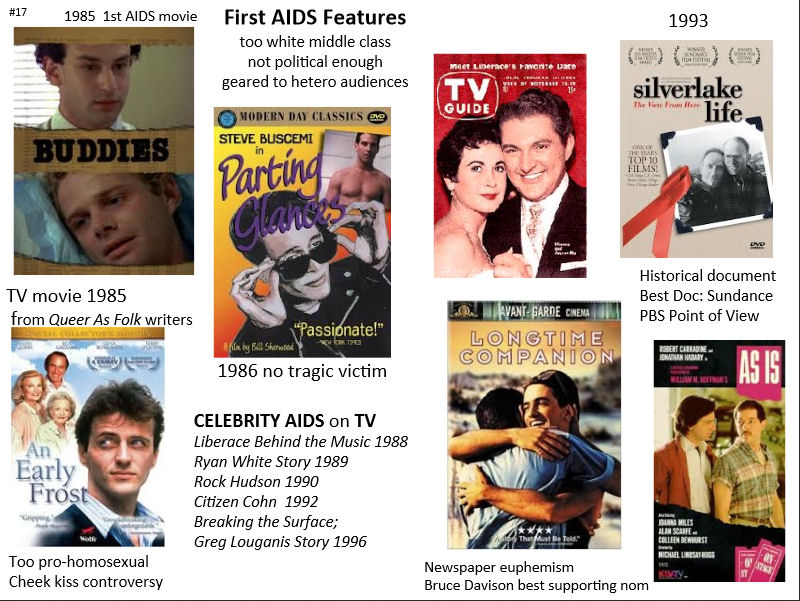
|
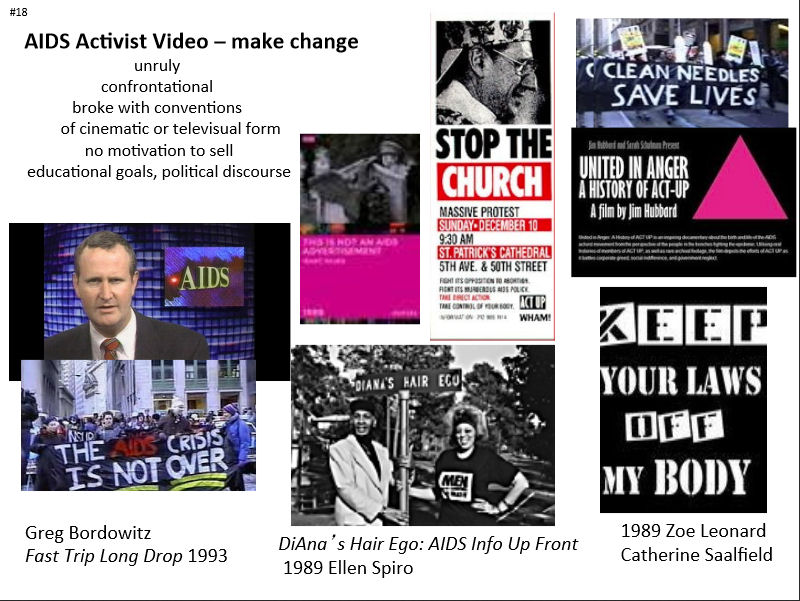
|
Center for Disease Control's first report, June 3, 1981:
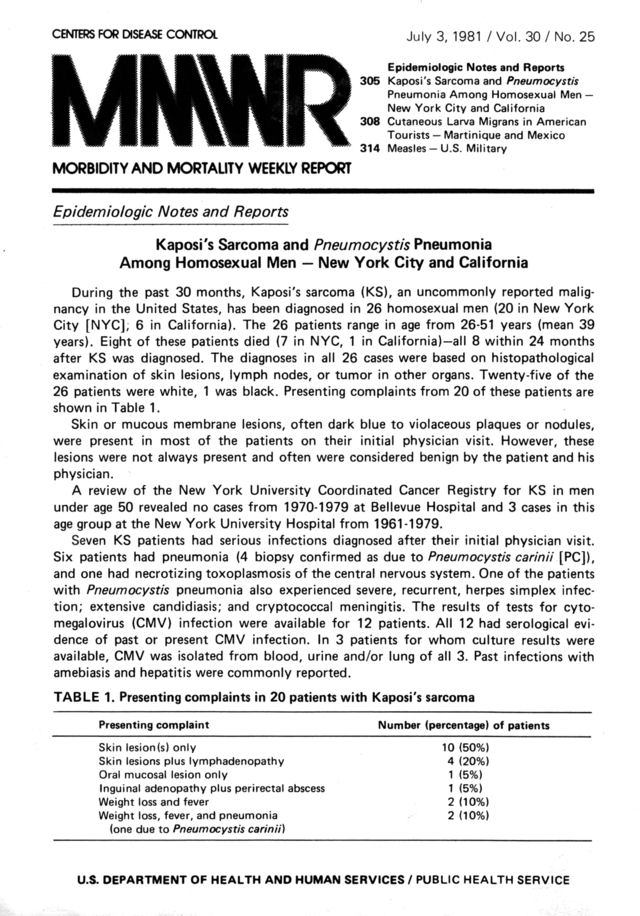
|
New York Times June 3, 1981 story on page A20:
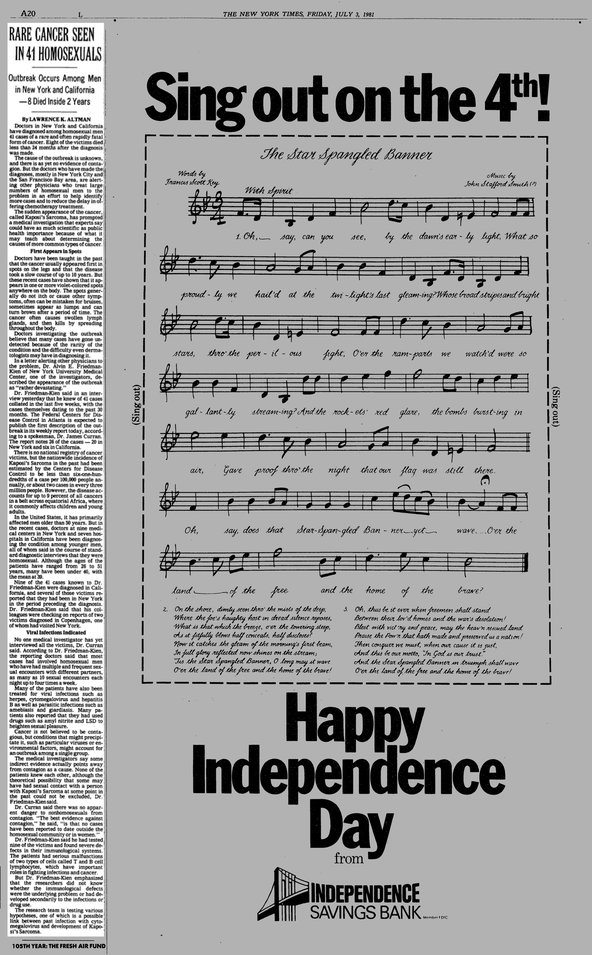
|
New York Times first front page article, May 25, 1983:
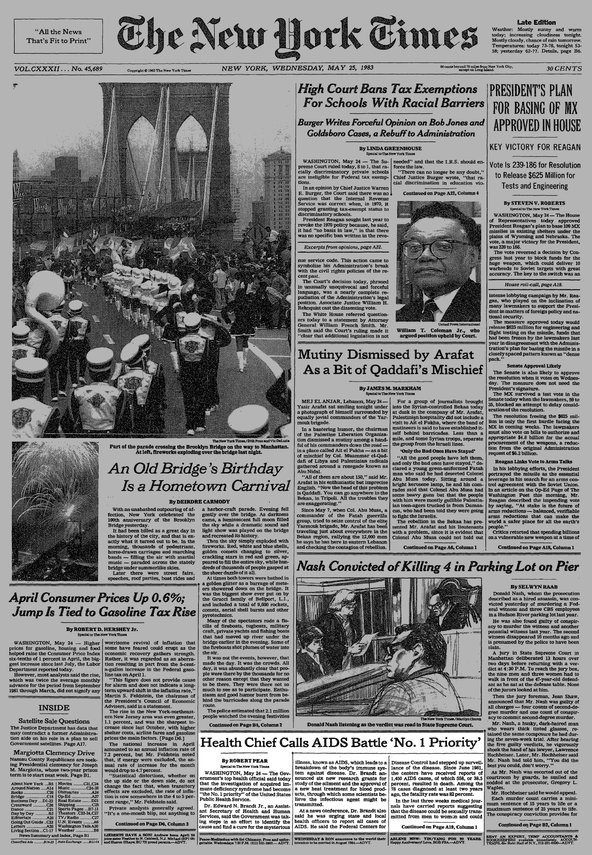
|
The New York Times 2014 Looking Back article of its early AIDS coverage.
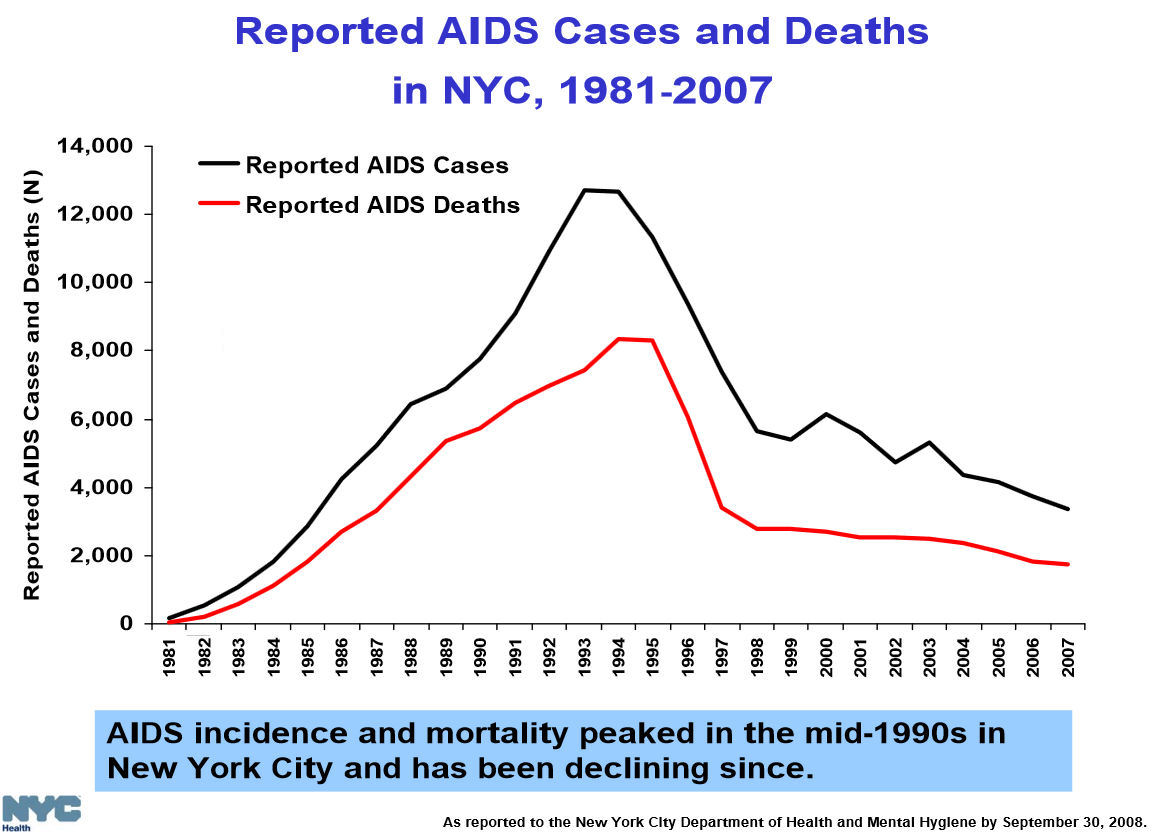
|
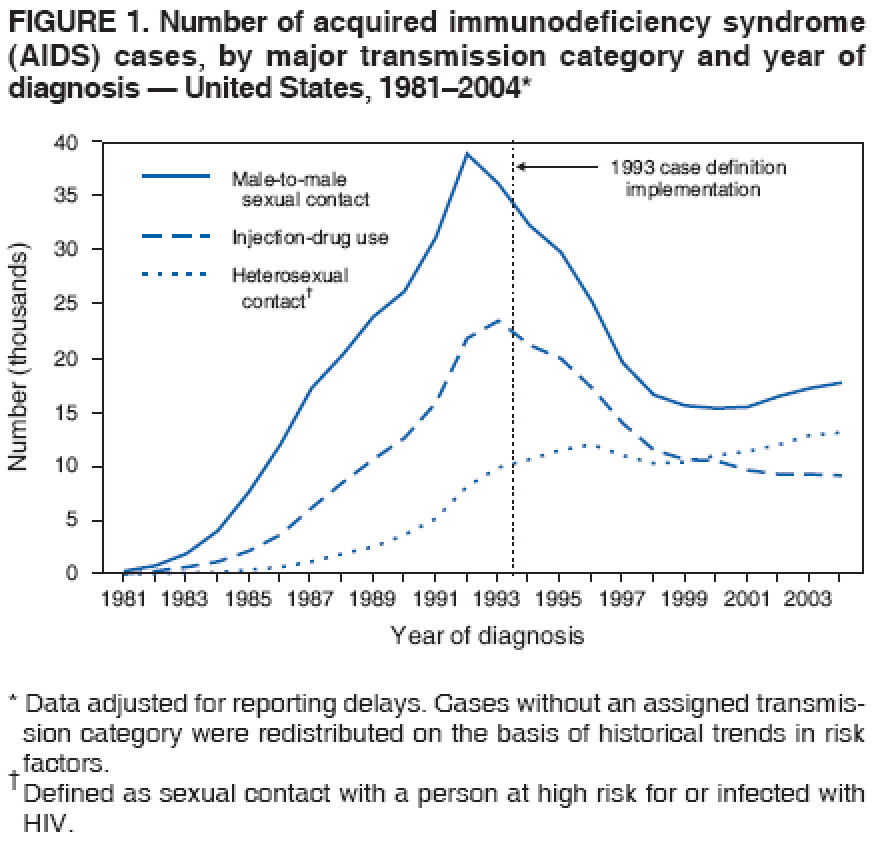
|
Early AIDS Timeline class handout (as a .pdf file)
(as a Microsoft Word .docx file)
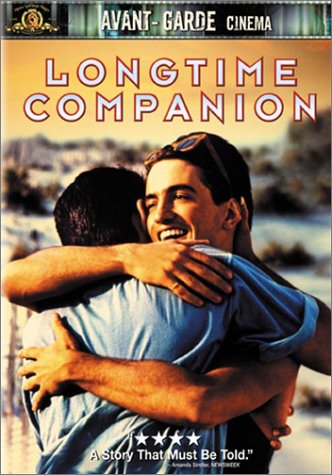
Longtime Companion (1990)
Description from The Advocate magazine's
The Top 175 Essential Films of All Time for LGBT Viewers:
Longtime Companion (1990): One of the first AIDS-themed films aimed at a wide audience is set in New York City and traces the effect of the disease, beginning with its emergence in 1981, on a group of (mostly) gay friends. It has been criticized for its focus on affluent white men, with the black and Latino characters being either marginal or examples of bad behavior, but it has merit as an early effort to put a human face on AIDS for moviegoers who thought of the illness as someone else's problem. Written by Craig Lucas and directed by Norman Rene, it features several moving moments, including a goose bump-inducing final scene, and excellent performances from a cast that includes Oscar nominee and Golden Globe winner Bruce Davison, along with Campbell Scott and Mary-Louise Parker. -T.R.
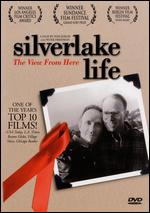
Silverlake Life: The View From Here (1993)
Scott's Comments:
Documentary about two gay partners, Tom Joslin and Mark Massi, as they live their final months with AIDS. It shows the reality underlying Longtime Companion. Intense.
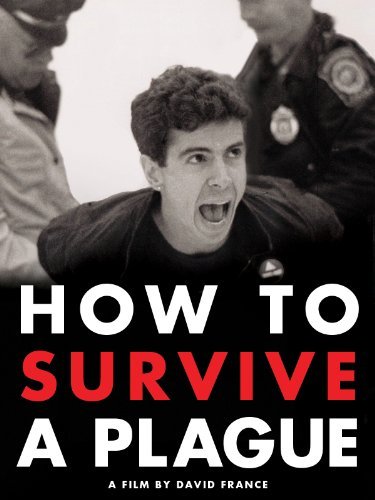
How To Survive a Plague (2012)
Description from The Advocate magazine's
The Top 175 Essential Films of All Time for LGBT Viewers:
How To Survive a Plague (2012): Nominated for Best Documentary Feature at the Academy Awards, How to Survive a Plague is a widely acclaimed film that traces the genesis of the activist organization ACT UP through the early days of the AIDS crisis. Directed by David France, the film pieced together more than 700 hours of archival footage that includes a mass die-in in St. Patrick's Cathedral as well as interviews with Larry Kramer, Ed Koch, Mathilde Krim, and more. It is an essential time capsule that chronicles the efforts of a group of brave individuals who fought to make history and save the lives of gay people and others affected by HIV and AIDS. -D.R.
Scott's Comments:
Absolutely excellent documentary about ACT-UP (AIDS Coalition To Unleash Power) from its formation in 1987, two years after Parting Glances was made, through the Combination Therapy breakthrough in 1996. It is a study in effective activism. You will be impressed by the intelligence and political awareness of the ACT-UP movement and its leadership, and the astounding results they achieved, starting from a position of complete powerlessness. Also notice the real and continuing support given by women throughout. They are present in positions of leadership, in demonstrations, and in all the meetings, even though as a group they were much less threatened by the disease. Highly, highly recommended. You will learn a lot.

Dallas Buyers Club (2013)
Description from The Advocate magazine's
The Top 175 Essential Films of All Time for LGBT Viewers:
Dallas Buyers Club (2013): Sure, it has its critics, some of who see the transgender character as a tired trope, and some who feel that because it focuses on a straight man (who in real life may not have been so straight), Dallas Buyers Club de-gayed the early years of the AIDS epidemic - when the concept of "living with HIV" was nonexistent - as well as the impact of gay men who fought the makers of AZT, set up buyers' clubs, and died of the disease. But the film stands as a time capsule of those early days as well as an emotional treatise on living and dying fearlessly. Based on the true story of Ron Woodroof, a hard-drinking and drugging rodeo cowboy who tests positive for HIV and must battle the specter of death, a scientific community dragging its feet, and his redneck buddies who, like him, are homophobic. He must learn to navigate a world of gay and transgender people, those who he begrudgingly befriends and finds support from when he begins importing medications from Mexico that he thinks will treat HIV better than AZT. As Woodroof, Oscar-winner Matthew McConaughey is pure revelation, so immersed in the role that the Kaposi's sarcoma lesions, the sweat, and the emaciation (he lost 60 pounds for the role) seem as real on him as they were on friends who were dying all around you in 1989. Fellow Oscar-winner Jared Leto, as a trans woman who serves as the heart and soul of the film, is similarly captivating. -D.A.M.
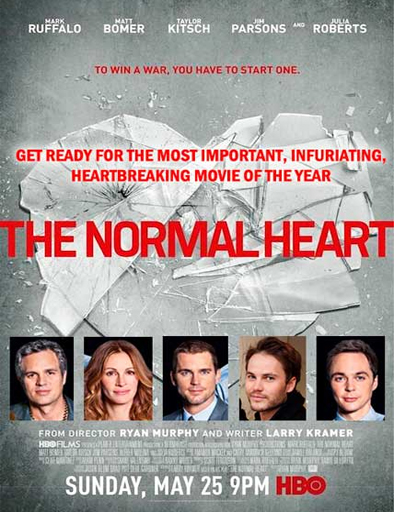
The Normal Heart (2014)
Scott's Comments:
Excellent HBO Film that is essentially Larry Kramer's autobiography. Larry Kramer has been a controversial and difficult gay rights leader since he was instrumental in starting The Gay Men's Health Crisis and ACT-UP in New York City during the 1980's. He wrote the play in 1985, which was produced at The Public Theater in New York City at that time, and on Broadway in 2011. Larry Kramer was completely involved in the HBO movie and this movie is a totally faithful adaptation of the play. It also works completely as a movie, whether you know anything about the history or not. You'll be engrossed from beginning to end. Like Parting Glances this is a direct look into the very beginning of the AIDS crisis.
Out of the Closet - LGBTQ Portrayals in Movies After the Stonewall Riots (1969)
Osher Lifelong Learning
Institute
University of Illinois, Urbana-Champaign
Connie Hossier, Instructor
Scott Badman,
Instructor